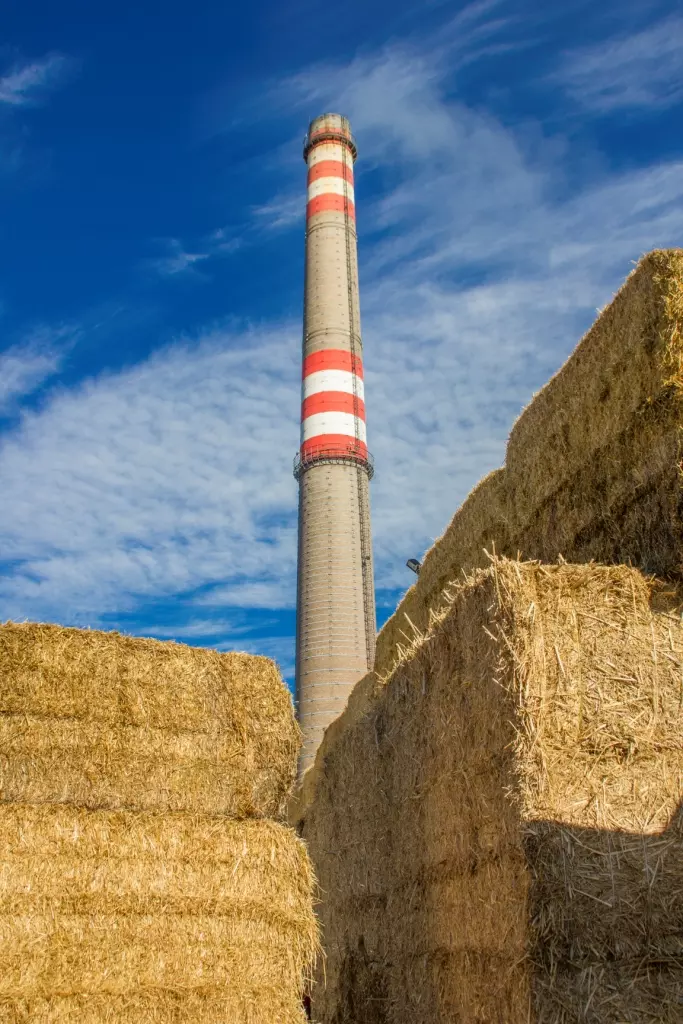The district heating systems operated by Veolia satisfy the everyday heating and hot water demands of the households while they impact environment as little as possible.
Veolia supplies district heating and hot water to 404,249 households and public consumers nationwide through its district heating operator subsidiaries that operate on the basis of concession contracts concluded with the relevant towns. Veolia is majority owner of three of such companies, while it has minority ownership in another three of these companies.
Which means that in case of these companies the consumers of Veolia are directly the people themselves and Veolia enters into supply contracts with each person separately. As stipulated in the act on district heating, the costs of district heating are calculated and settled based on actual consumption which ensures customers a direct control over their own heating centres.
Innovative solutions, such as using the right fuel materials, identifying alternative energy sources, cogeneration with gas engines, remote supervision have greatly increased the reliability and efficiency of district heating while at the same time allowing more space for the protection of the environment and making consumers more conscious consumer about ways to save money.
Green district heating at Pécs

The straw fuelled block of Pannonpower’s biomass fired power plant which was opened in 2013 was a result of an approximately HUF 24 billion development. The built-in heat generation capacity of the new power plant block is more than 70 MW, while its cogenerated power capacity is 35 MW. It generates approximately 1,000 TJ heat annually. By using agricultural by-products as fuel instead of natural gas, the power plant managed to cut back on carbon dioxide emission by 150,000 tons per annum. The replacement of the natural gas fuelled furnaces resulted in a total annual use of natural gas less by approximately 80 million cubic metres than that of the years prior to commissioning the new block. The power plant block in Pécs has increased the independence of Hungary as far as imported fossil fuels are concerned.
The new block of the power plant uses herbaceous biomass as fuel, almost 100 per cent of this is by-product generated in agriculture (typically consisting of straw, but a small amount of corn stalk is also used), however, it also burns energy crops explicitly grown for being used for energy economics purposes (energy cane). The power plant spends approximately HUF 4 billion on fuel every year with this money adding to the income of companies operating in the region.
According to the data of the Hungarian Energy and Public Utility Regulatory Authority the two biomass fuelled power plants of Pannonpower generate almost one-fifth of the domestic renewable power plant electricity in Hungary. The group company has a central role in generating green electricity in Hungary. Based on recent estimates by 2020 the two blocks in Pécs will satisfy 6 per cent of the Hungarian renewable primary energy consumption, thereby significantly contributing to the fulfilment of the future obligations of Hungary undertaken in the Renewable Energy Action Plan.
The district heating model implemented in Pécs can be applied in smaller scales. Adjusted to local requirements and the availability of fuel, this kind of biomass based of district heating would even be able to supply a few thousand consumers. District heating in the town of Tata is also supplied by Veolia through a similar technology that uses biomass in part.
Karolina project
Decades of use of coal as fuel in the power plant in Pécs has left clearly visible scars on the surrounding landscape, mostly in the form of strippings waiting for recultivation. One of these scars is the area of the former Karolina stripping, for the recultivation and future utilisation of which Veolia has developed a unique plan.
The company is planning to establish a complex renewable energetics model plant at the abandoned mining area where Veolia is planning to install a total of 12.4 MW green energy generating capacity by using various technologies. Veolia is planning to utilization of solar energy by installing a gas turbine, solar cells and PV panels in the solar tower. A water turbine and a water mill making use of the combined forces of water and gravitation are projected to be installed on the artificial ledge on the sides of the stripping. Veolia is also planning to put wind and geothermal energy to work here.
Together with excellent touristic potentials of Pécs the plans above would not only serve the purpose of power generation, but also educational and touristic purposes, since all developments would be open to the visitors.


